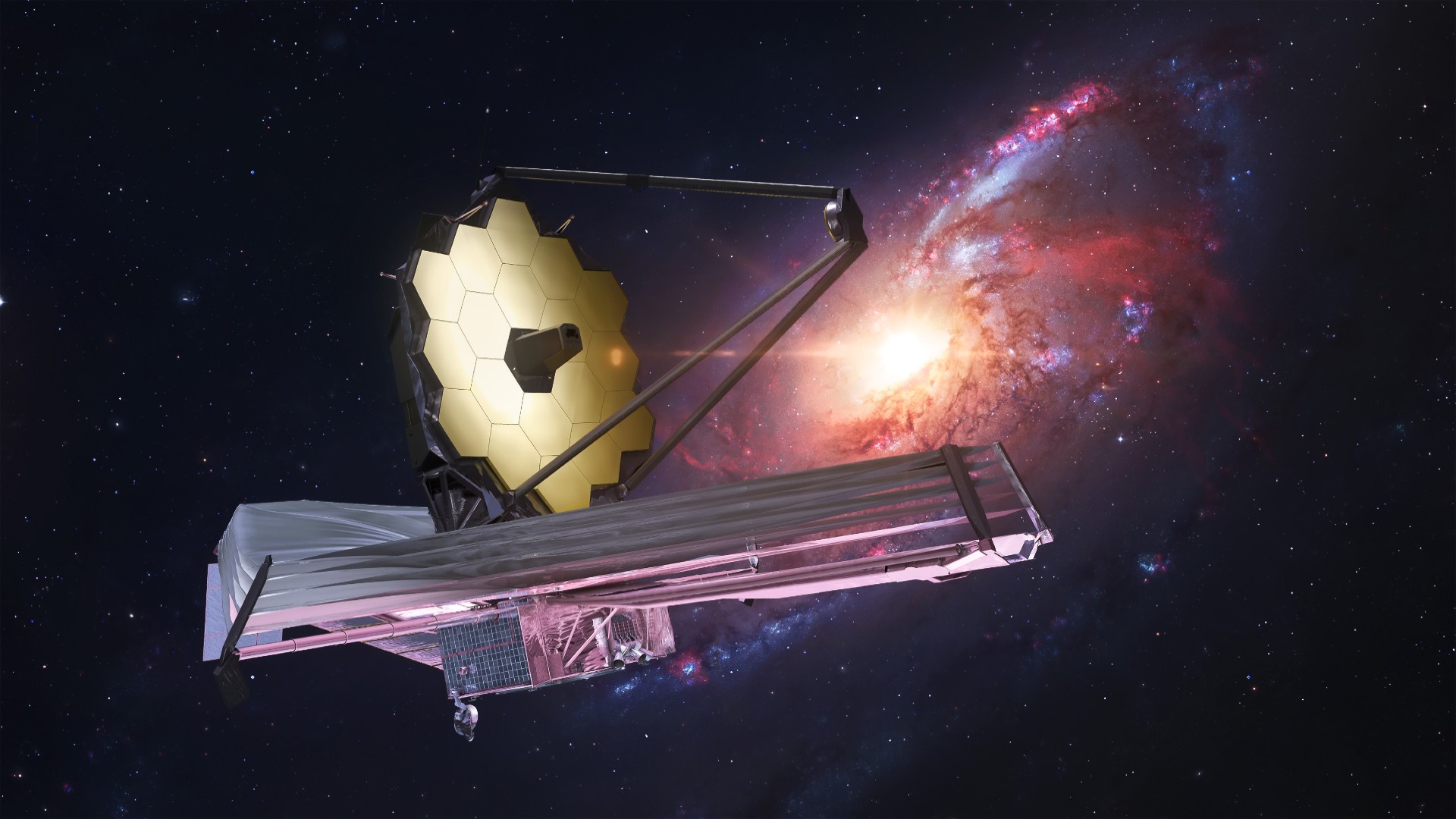Uncovering the Universe: The James Webb Space Telescope's First Year and What Might Be Next
Key Highlights :

It's been one year since the James Webb Space Telescope (JWST or Webb) was launched, and it has already revolutionized our understanding of the cosmos. In just one year, researchers have published over 750 pieces of peer-reviewed scientific literature using or citing data from JWST. From data on some of the universe's first galaxies to a greater understanding of our own solar system, the telescope has begun to deliver on its promise of observing our universe in more detail than ever before. In this article, we'll explore what the telescope has been up to in its first year, and what might be next for the telescope.
One of the most impressive accomplishments of JWST has been its ability to capture galaxies as distant as 13.4 million light-years away, just 320 million years after the Big Bang. These galaxies have surprising qualities, such as unexpectedly large size or higher rates of star formation than expected. JWST has also made strides in exoplanet research, including taking detailed measurements of the atmospheres of exoplanets, such as those in the TRAPPIST-1 system.
In addition, JWST has also made some surprising discoveries in our asteroid belt. In a study published in May, researchers used JWST to identify the first known comet surrounded by water vapor in the asteroid belt. Previously, comets containing water ice had only been found in the faraway Oort Cloud and the Kuiper Belt. Every observation JWST makes also benefits from its mind-boggling optics, with a diffraction limit of 1.1 microns, meaning that it can resolve objects that, from the telescope, appear around the size of a small single bacterium.
On top of the amazing quality of observations, the telescope's launch went so well that it conserved notably more fuel than scientists were predicting. Though NASA first expected JWST to last about 10 years or less, now it's predicted to continue operating for 20 years, into the 2040s.
In the next year, researchers will build on what they've learned this year using JWST, continuing to push the telescope's capabilities and boundaries. It's possible the telescope might be able to discover an even more distant galaxy. Of course, there have been some challenges when it comes to JWST, such as a larger-than-expected micrometeoroid hit in May 2022, causing a tiny but detectable amount of damage to the telescope. Scientists are continuing to develop ways to make sure future impacts don't damage the telescope.
Overall, JWST has been an incredible success in its first year, and it shows no signs of slowing down. Every time it looks at something, it opens up a whole new can of worms, and it's up to researchers to uncover the secrets of our universe. With JWST, the possibilities are endless.
